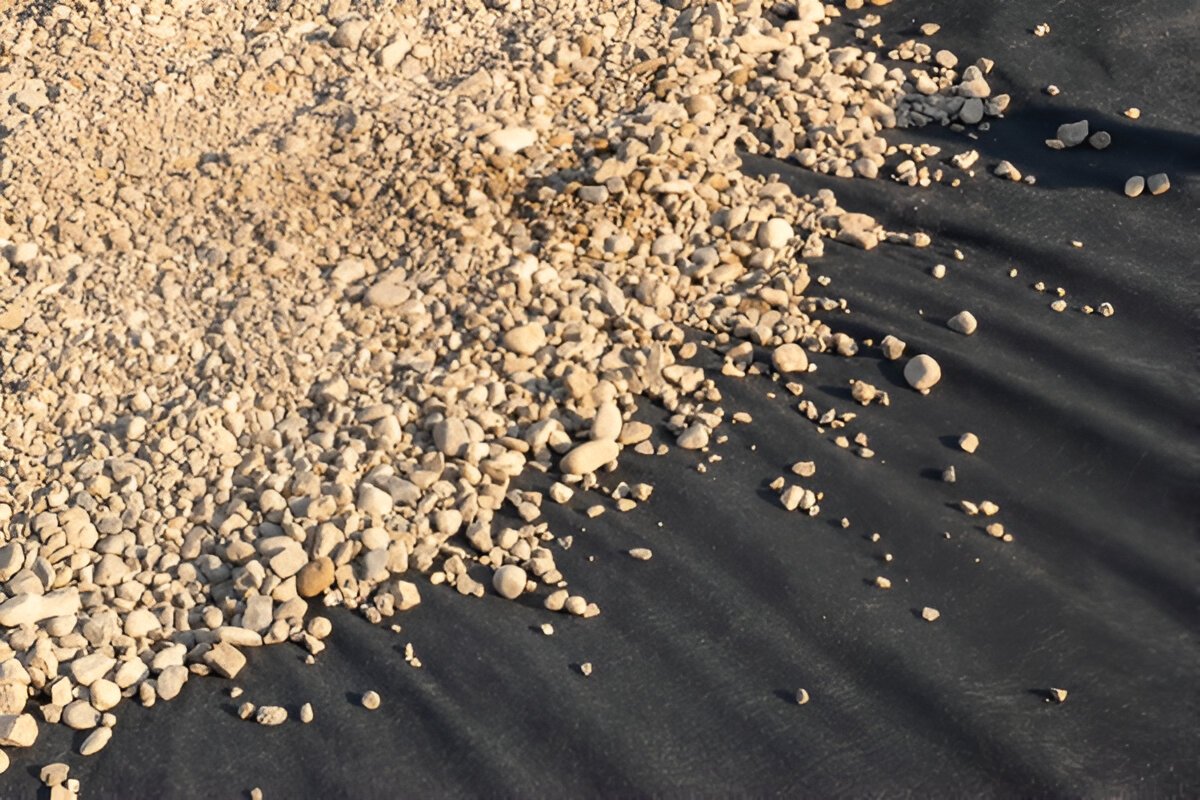
Geotextile fabric might not be something you hear about every day, but it plays a big role in construction, farming, and landscaping projects. Whether you’re preventing soil erosion, improving drainage, or reinforcing the ground, this special fabric is a true unsung hero.
Let’s break it down and understand what geotextile fabric is, how it works, and why it’s used in so many outdoor projects.
What is Geotextile Fabric?
Geotextile fabric is a strong, synthetic material made from polypropylene or polyester. It’s designed to let water pass through while keeping soil and other materials in place. Think of it as a filter or barrier that supports the ground and prevents erosion.
Geotextiles are commonly used under roads, in drainage systems, in gardens, and even on construction sites.
Types of Geotextile Fabric
There are two main types:
1. Woven Geotextile Fabric
-
Made by weaving synthetic fibers together.
-
Strong and durable.
-
Best for soil stabilization and reinforcement (e.g., under roads or driveways).
2. Non-Woven Geotextile Fabric
-
Made by bonding fibers using heat or chemicals.
-
More flexible and porous.
-
Ideal for drainage, filtration, and erosion control (e.g., behind retaining walls or under gravel).
Key Benefits of Geotextile Fabric
-
Prevents Soil Erosion: It holds the soil in place and keeps it from washing away in heavy rain or water flow.
-
Improves Drainage: Water can pass through while soil and debris are kept out of drainage systems.
-
Strengthens the Ground: It helps reinforce the soil and adds strength to roads, paths, and embankments.
-
Saves Money: By improving the structure of the ground, it reduces maintenance and repair costs in the long run.
-
Environmentally Friendly: Some geotextiles help with sustainable building practices by reducing the need for chemical-based solutions.
Common Uses of Geotextile Fabric
-
Road and Pavement Construction – To stabilize the ground and extend the life of roads.
-
Landscaping and Gardening – To prevent weeds, hold soil in place, and improve drainage.
-
Erosion Control – On slopes, riverbanks, or coastal areas to prevent soil loss. You can use a silt fence for erosion control.
-
Drainage Systems – To allow water flow while filtering out debris.
-
Retaining Walls – Used behind walls to control water pressure and protect the structure.
How to Choose the Right Geotextile Fabric
Here are a few things to keep in mind:
-
Project Type: Reinforcement or drainage?
-
Soil Conditions: Is the soil loose, wet, or sandy?
-
Water Flow: Do you need to filter large or small particles?
-
Weight and Strength: For heavy-duty projects, choose higher strength woven fabrics.
If you’re unsure, it’s best to consult with a supplier who can guide you based on your specific needs.
Where to Buy Geotextile Fabric?
If you’re looking for high-quality geotextile fabric in bulk for your business or project, Mewar Polytex offers woven and non-woven fabric made from premium-grade polypropylene. With years of experience and a focus on sustainability, they supply geotextile fabric trusted by industries across the globe.
Final Thoughts
Geotextile fabric may be hidden beneath the surface, but its role is crucial in keeping everything above it strong and stable. Whether you’re a contractor, farmer, or landscape designer, understanding geotextile fabric can help you build smarter and more sustainably.